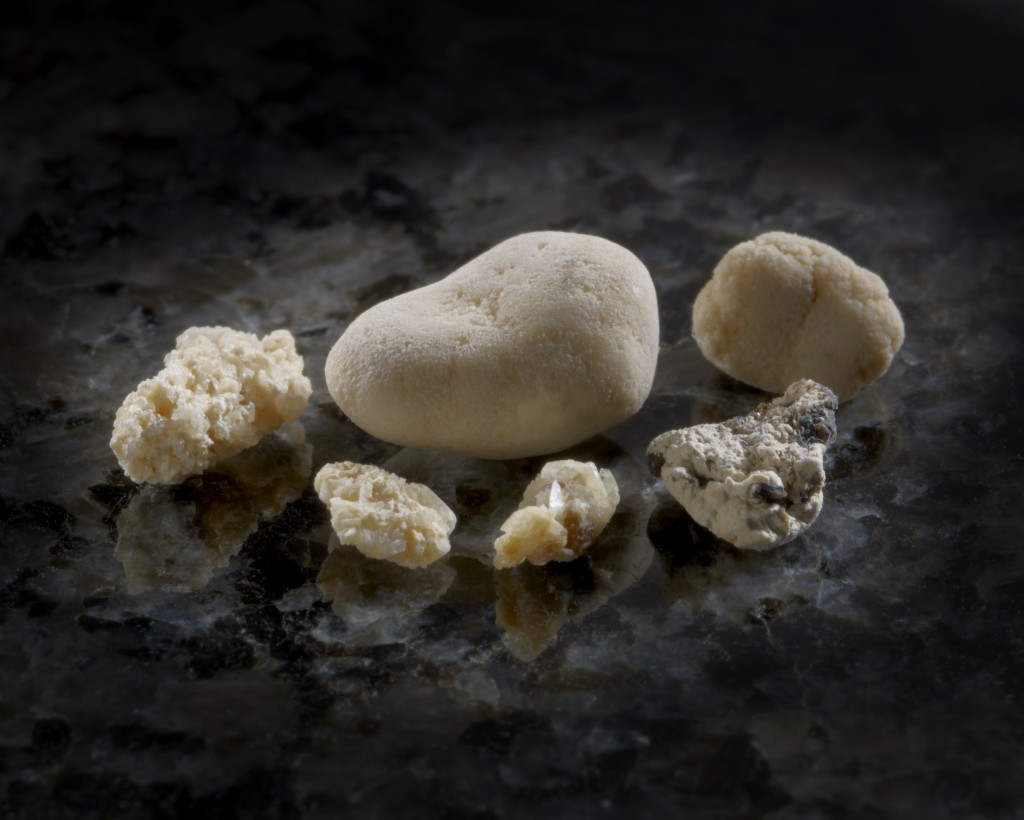At Advanced Urology Institute, we frequently see first-time visitors with symptoms of advanced stage prostate problems. For us, that is quite heartbreaking because it means the patients come too late, when only limited treatment options are available for their conditions.
As urologists, we always want the best for our patients. We want to see them leave when they can pee better and are free from the embarrassment of accidental urine leaks. And because early detection and treatment of prostate problems — whether prostate cancer or non-cancerous condition — improve the chances of cure and of long-term survival, we always encourage men to be more mindful of their bodies, especially when it comes to their urinary function and habits. By doing that, they are able to detect warning signs of prostate issues early and can seek treatment.
Warnings signs of prostate problems include:
- Frequent urination or frequent urge to pass urine.
- Passing urine more often than usual, particularly at night.
- Pain, discomfort or burning sensation when passing urine.
- Dribbling urine
- Weak or interrupted urine streams.
- Accidental urine leakage.
- Blood in urine or semen
- Frequent stiffness or pain in your lower back, rectal area, hips, upper thighs or pelvic area.
- Difficulty or inability to urinate
- Trouble with starting or stopping your urine stream.
- Painful ejaculation
- A feeling that you aren’t able to empty your bladder completely.
- Swelling of lower extremities.
- Paralysis or weakness in lower limbs.
- Inability to pass urine while standing up.
- Loss of appetite and weight, fatigue, nausea and vomiting.
It is important to see a urologist immediately if:
- You find urination difficult, abnormal or painful. The doctor will examine your prostate gland to find out if it is inflamed, enlarged or has a cancer.
- You have frequent urination, urinary retention, blood in urine, dribbling or slow flow of urine, problems starting a urine stream, or repeatedly urinate urgently.
- You have a chronic pain in your pelvic, lower back, upper thigh or other areas of your lower extremities. While any unexplained ongoing pain in these areas may have various causes and always merits medical attention, seeing a urologist may help detect whether or not you have prostate cancer.
- You have swollen legs, weakness in your legs or trouble walking.
- You have unexplained weight loss.
As urologists, we have several options for tackling prostate problems, but our interventions normally depend on the severity of the symptoms, type of condition and how it is impacting your overall quality of life. For example, if the prostate condition is not severely affecting your quality of life and you have no complications (such as bleeding, bladder stones or urinary infections), the decision to treat the problem is often optional and left for you to make.
That means if you aren’t bothered enough to undergo a procedure or take medicine for the condition, then you’ll only need frequent follow-up with your urologist to check whether your symptoms remain stable over time and your bladder continues to empty well. But if you already have complications or your bladder is holding increased quantities of residual urine after urination, then we often begin treatment immediately.
To help you pass urine better, we may offer medications such as alpha blockers, 5-alpha reductase inhibitors or a combination of drugs. But minimally invasive surgical procedures such as TUMT (transurethral microwave thermotherapy) and TUNA (transurethral needle ablation), water-induced thermotherapy, PVP (photoselective vaporization of prostate), and HoLAP (holmium laser ablation of prostate) also may be considered. For more information on diagnosis and treatment of prostate problems, visit the “Advanced Urology Institute” site.






